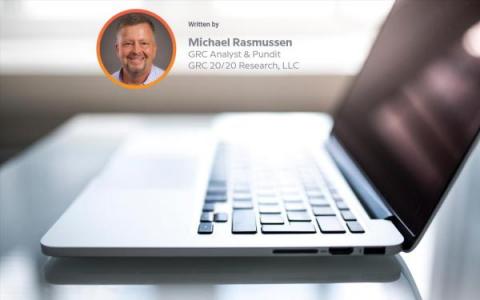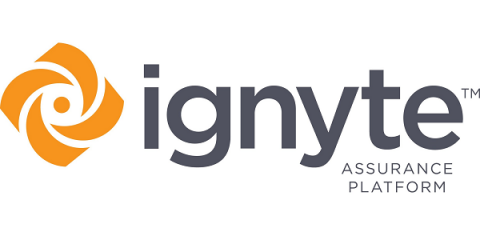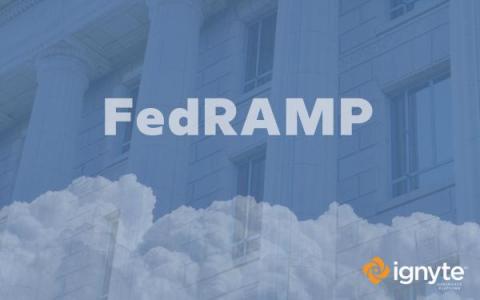Improving FedRAMP: Federal Procurement & Risk Management
The Federal Risk and Authorization Management Program (FedRAMP) has been in place for just over a decade (2011). Its purpose is to provide a “cost-effective, risk-based approach for the adoption and use of cloud services” by the federal government. This is to equip and enable federal agencies to utilize cloud technologies in a way that minimizes risk exposure through security and protection of federal information and processes.





